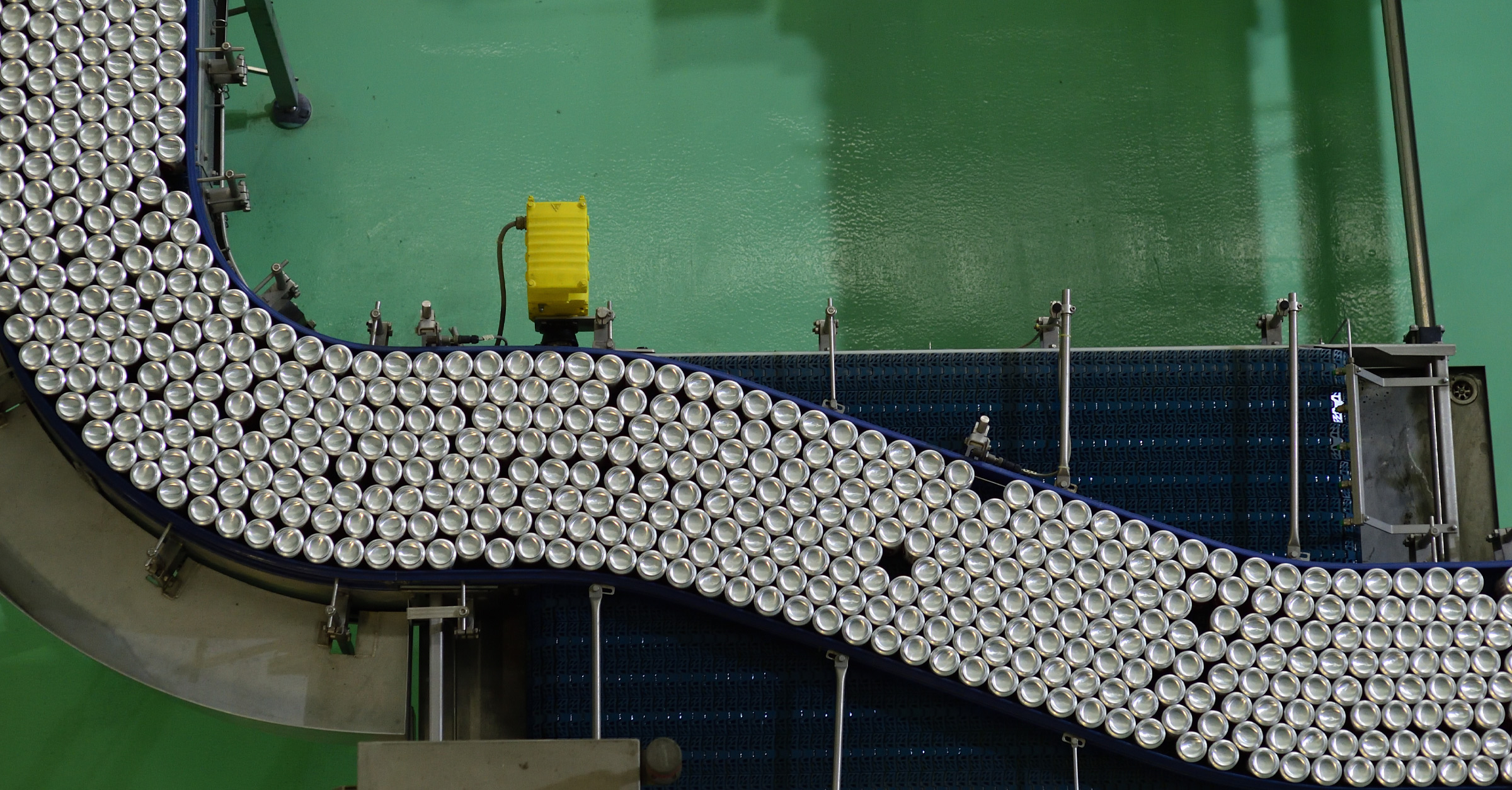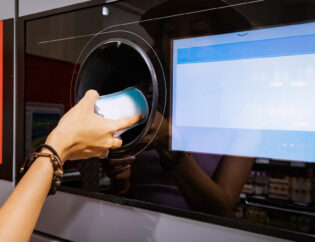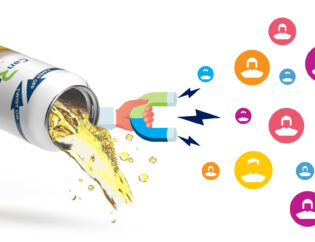
Consumer demand for sustainability is steadily rising and brands are finding themselves at the forefront of a critical challenge – the circularity of packaging. This challenge is underscored by the influence companies wield over consumer perceptions of sustainability and their unique ability to shape the environmental efficacy of their packaging. Let’s delve into this intricate web of responsibility and its implications.
As we step away from events such as COP28 which took place in late ‘23, we’re filled with a renewed sense of purpose. You might wonder, “Another sustainability conference?” While there are indeed numerous such events, this one felt different. It marked a journey into uncharted territory, exploring the realm of aluminum packaging circularity and bridging crucial gaps.
At the heart of this challenge lies the consumer packaged goods (CPG) industry. This industry’s decisions in packaging design significantly impact recycling efforts. Brands have the power to choose materials, determine production processes, and influence how products are consumed and disposed of. One of the key challenges in achieving packaging circularity is the unpredictable role of consumers. They represent a critical link between responsible stakeholders in the supply chain. However, the handover of ownership and responsibility for a package from CPG or retailer to Material Recovery Facilities (MRFs) or recovery centers remains hazy.
This disconnect often leads brands to relinquish responsibility for a package’s end-of-life fate, leaving it in the hands of consumers. Many CPGs focus solely on making packaging recyclable, treating technical recyclability as the sole measure of success. This downstream approach effectively shifts the onus and responsibility away from brands.
To genuinely contribute to a circular system, brands must design packaging with confidence in its recoverability and recyclability. Companies also bear the responsibility of enhancing recoverability and increasing the use of Post-Consumer Recycled (PCR) materials through consumer education. The journey to circular packaging isn’t one that brands can undertake alone. It requires a collaborative effort, involving not only brands but also consumers and stakeholders at every stage of the value chain. It’s a shift from viewing the supply chain as linear to recognizing that every link must contribute economically for circularity to thrive.
In conclusion, the challenge of packaging circularity is a shared responsibility, encompassing brands, consumers, and all stakeholders in the supply chain. By working together, we can accelerate the transition towards a more sustainable and circular packaging ecosystem. It’s a journey where everyone plays a role, and the destination holds the promise of a brighter, greener future.










